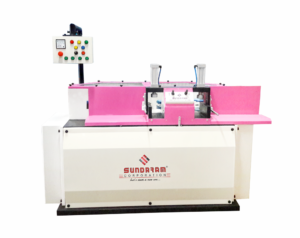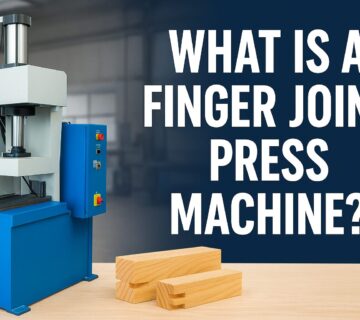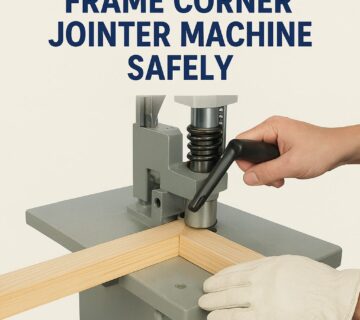Introduction to Frame Corner Machines
Frame corner machines, often referred to as mitering machines or corner joining machines, are indispensable tools in various industries, particularly in woodworking, metalworking, and framing. These machines are designed to create precise, clean, and durable joints at the corners of frames, enhancing both the aesthetic appeal and structural integrity of the final product.
How Frame Corner Machines Work
Frame corner machines operate by cutting or joining the corners of frame pieces at precise angles, typically 45 degrees, to form perfect right-angle joints. Depending on the type of machine, the process can involve cutting, clamping, and joining operations. The result is a seamless, tight-fitting corner that adds both strength and visual appeal to the frame.
Types of Frame Corner Machines
- Manual Frame Corner Machines: These are basic machines that require manual operation. They are suitable for small-scale production and are often used by hobbyists and small workshops.
- Semi-Automatic Frame Corner Machines: These machines offer a balance between manual and automatic operation. They require some manual input but automate certain processes to enhance efficiency and consistency.
- Fully Automatic Frame Corner Machines: These advanced machines handle the entire process automatically. They are ideal for large-scale production environments, providing high speed, precision, and repeatability.
Applications of Frame Corner Machines
Frame corner machines are used across various industries, including:
- Picture Framing: Essential for creating precise, high-quality frames for artwork and photographs.
- Furniture Making: Used to join corners of cabinet doors, mirror frames, and other furniture components.
- Metalworking: Employed in the fabrication of metal frames for windows, doors, and structural components.
- Signage: Useful for creating robust, clean-edged frames for signs and displays.
Advantages of Using Frame Corner Machines
- Precision: Ensures accurate cuts and joins, resulting in perfectly aligned corners.
- Efficiency: Speeds up the production process, allowing for higher output in less time.
- Consistency: Delivers uniform results, ensuring each frame is identical to the last.
- Versatility: Suitable for a wide range of materials, including wood, metal, and plastic.
- Enhanced Aesthetics: Produces clean, professional-looking corners that enhance the overall appearance of the frame.
Key Features to Look for in a Frame Corner Machine
When selecting a frame corner machine, consider the following features:
- Cutting Capacity: Ensure the machine can handle the size and thickness of your materials.
- Angle Adjustability: Look for machines that offer adjustable angles to accommodate various framing requirements.
- Clamping Mechanism: A strong, reliable clamping system is crucial for maintaining precision during cutting and joining.
- Ease of Use: User-friendly controls and setup can significantly improve productivity.
- Build Quality: Durable construction ensures the machine can withstand regular use and maintain accuracy over time.
Maintenance and Care
Proper maintenance is essential to keep your frame corner machine in optimal condition. Here are some tips:
- Regular Cleaning: Remove dust, debris, and cutting residues after each use to prevent buildup and ensure smooth operation.
- Lubrication: Keep moving parts well-lubricated to reduce friction and wear.
- Blade Sharpening/Replacement: Ensure cutting blades are sharp and replace them as needed to maintain precision.
- Inspection: Regularly inspect the machine for signs of wear or damage and address any issues promptly.


